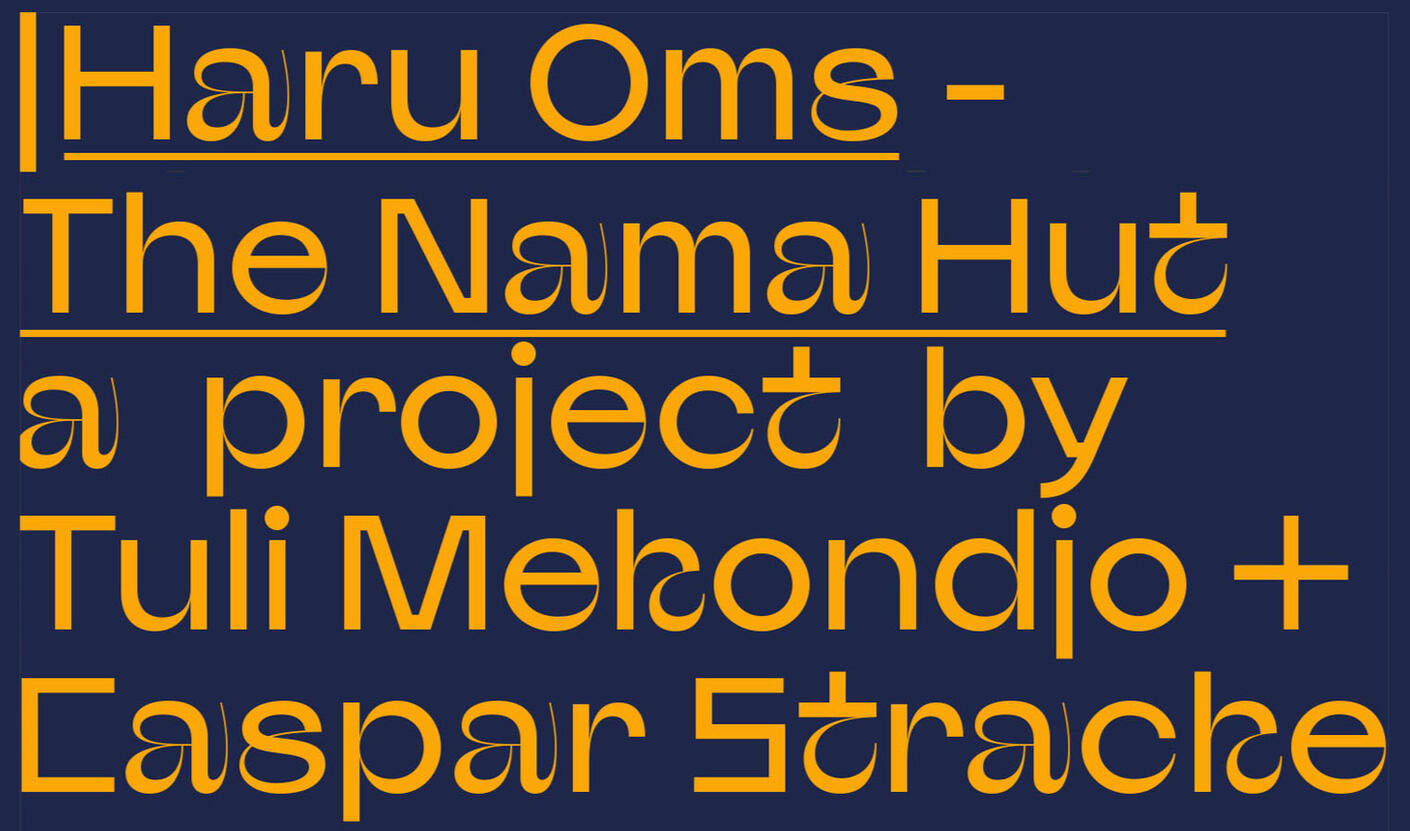
a film/ installation. Planned length: 15-25 min
Anticipated release date: Spring 2026|Haru Oms - The Nama Hut is an artistic film and installation project with a critical, poetic and spiritual approach contributing towards the ongoing re-examination of German colonial history from a Namibian perspective. We are especially focusing on Nama women and their historic depiction in German colonial photography as discovered in various European archives.We choose a kind of vessel through which we transport our findings.
It is a hut, called IHaru Oms (Nama language for matte hut), a traditional dwelling still occasionally used by Nama people in southern Namibia.
Exploring the essence of the homestead first, we introduce the semi-nomadic life of the Nama peoples which then further leads to the role of Nama women under colonial oppression.Our film documents the construction of such a |Haru Oms from the ground up, following a group of Nama women from the |Ai-Ais region. The film then delves into Namibia's colonial past, focusing on an event that took place during the German Colonial extermination war against Ovaherero and Nama (1904-07).The event stems from a portion of handed-down oral history in which Nama women successfully prevented ongoing colonial war crimes. Through a profound exploration of colonial archival photography, we reconstruct the visual rhetoric of colonial documentation, revealing the calculated choreography within the construction of these images. Our reenactment exposes the intricate mechanisms of representation: what colonial photographers chose to capture, and equally significant, what they deliberately obscured.European archives harbor a haunting visual archive of Ovaherero and Nama peoples, not seldom in connection to their dwellings. They serve as silent witnesses to historical trauma images long unseen by those whose histories they purport to represent. These photographs exist as spectral documents, suspended between memory and erasure.The |Haru Oms as a vessel is traversing temporal and geographical boundaries. Transported to Windhoek, embedded within landscapes scarred by colonial memory, the structure then embarks on a transnational journey, crossing oceans to Hamburg and Berlin. Positioned at sites laden with colonial legacy, the hut transforms into a living artifact, its presence eliciting unscripted responses from passersby, as the film briefly turns into a Cinema Vérité experiment.The final scene of |Haru Oms culminates in a symbolic restitution of the aforementioned archival material: an evening ceremony with a bonfire, chants in the Namibian desert, where colonial-era images are brought back to their original locations and shown as a large-scale visual installation.
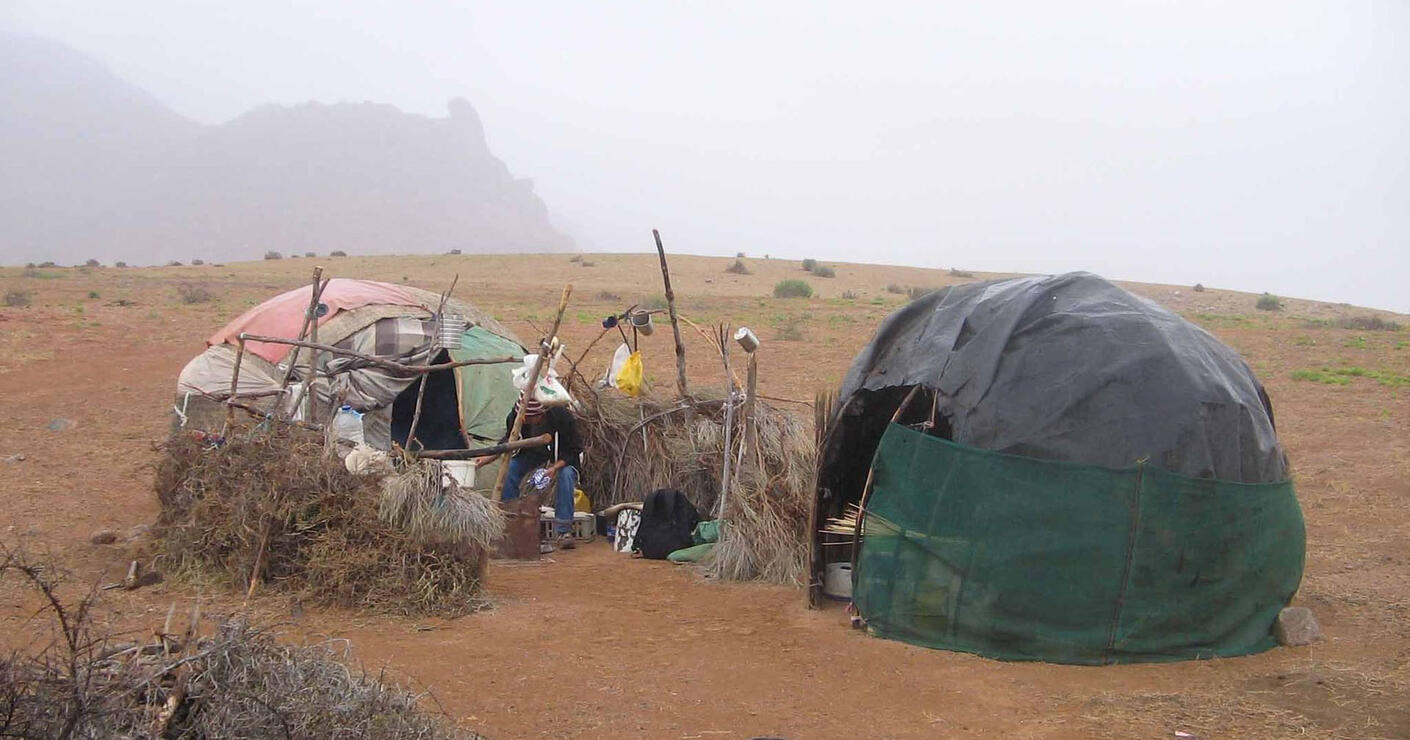
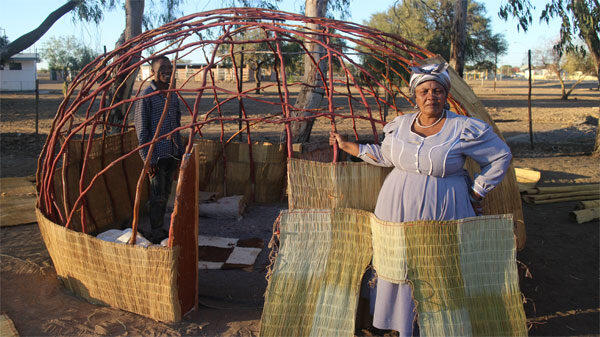
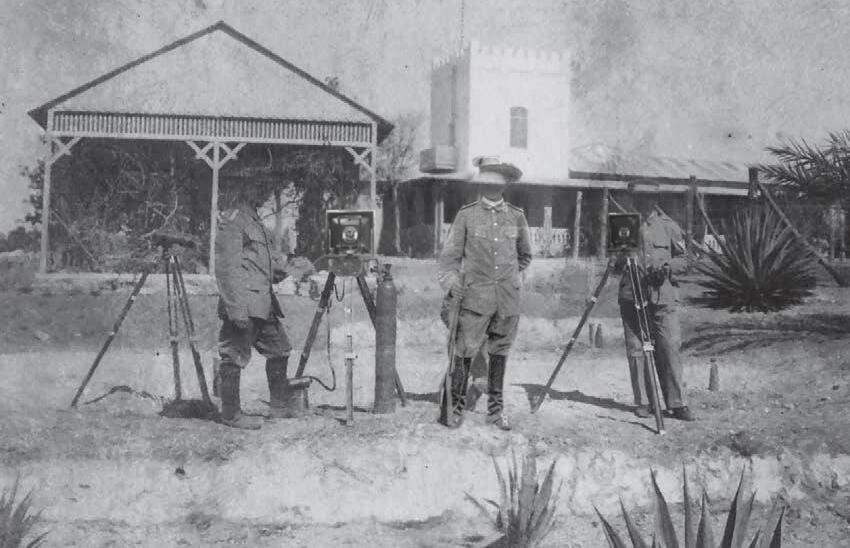
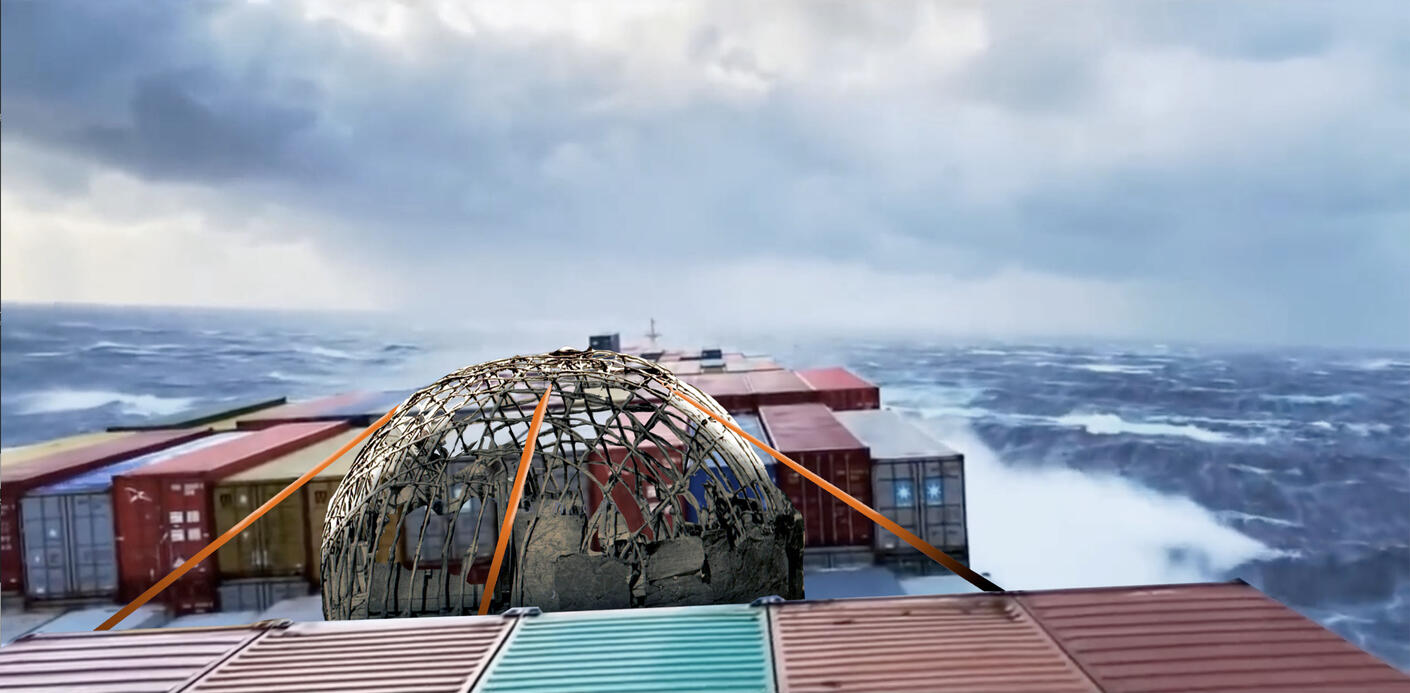
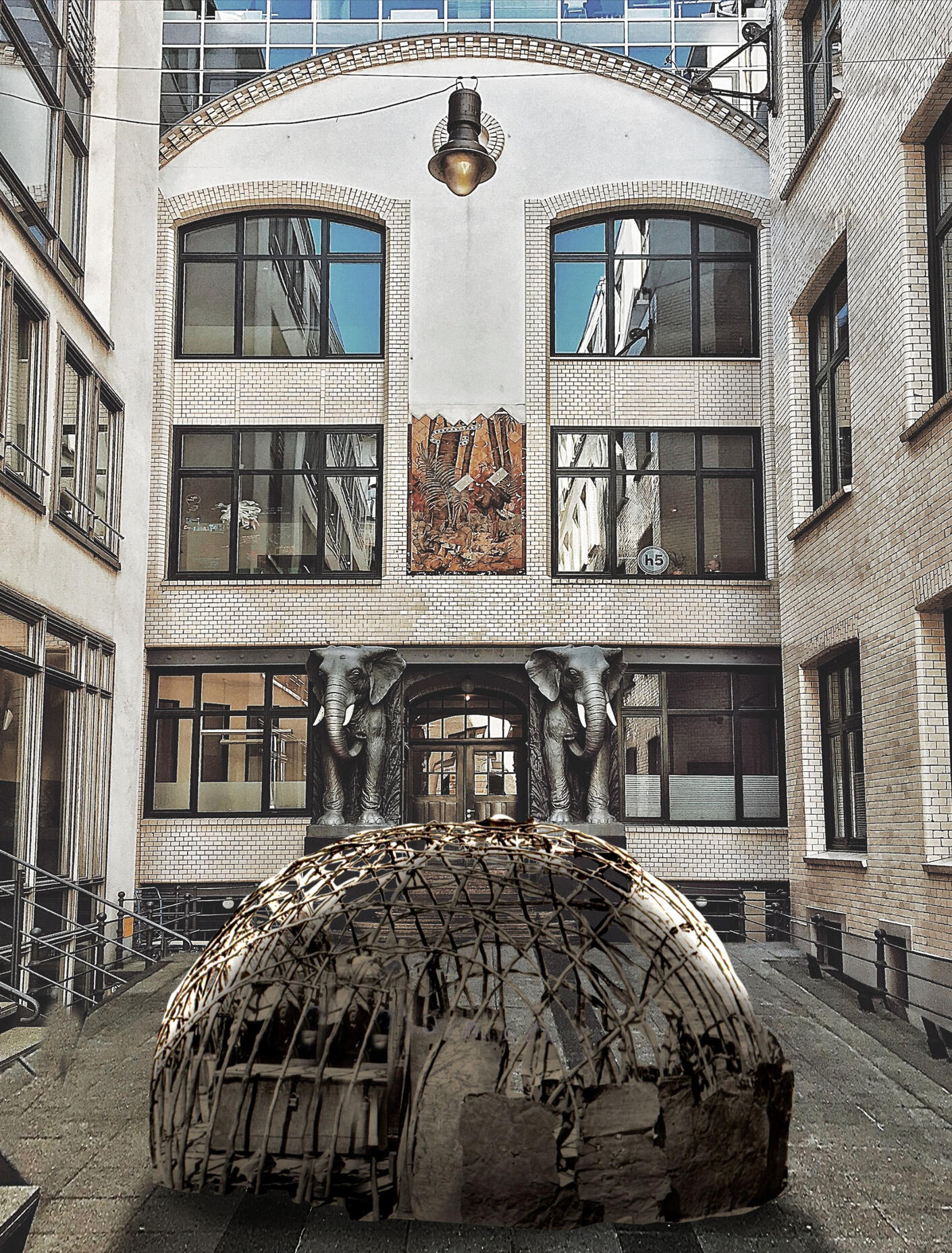
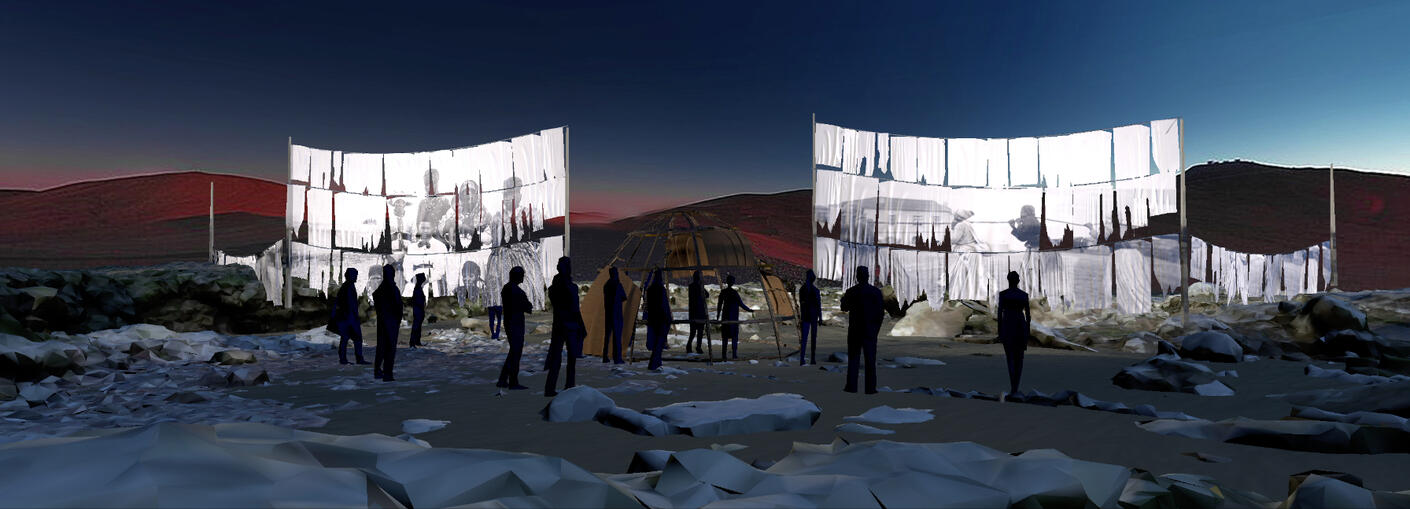
Why we are making this projectFor several years, (post-)colonialism has been a prominent topic in cultural and socio-political discourse. However, in many instances, the African perspective remains largely absent from Western decolonization debates. While discussions in Germany focus extensively on restitution, museum practices, and government actions, little attention is paid to concurrent developments in Namibia. Its historiography, conveyed through ancestral ecologies, remains fundamentally incompatible with Western historical frameworks.Our project offers a unique approach by exploring transcultural shifts across two German and two Namibian regions: Hamburg and Berlin, as well as Windhoek and the desert region of |Ai-Ais. We aim to illuminate the stories of Namibian women who have been marginalized in Western historical narratives. By opening German archives and critically examining colonial photography, we seek to create a work that resonates equally with audiences in Namibia/Africa and Germany/Europe. Our conceptual methodology is distinctive: we simultaneously develop narratives from Namibian and German perspectives. This approach fundamentally distinguishes our project from the numerous existing works on German colonial history. We, Tuli Mekondjo and Caspar Stracke, were introduced by a German-Namibian photographer and reconnected in Windhoek during Caspar's 2021 research fellowship as well as in Berlin during Tuli's DAAD fellowship (2022-23). Despite approaching our work from entirely different perspectives, we discovered striking aesthetic similarities that provided a solid foundation for collaboration. Over two years of intensive research and dialogue, we have developed the concept for this project.
Meet the Makers
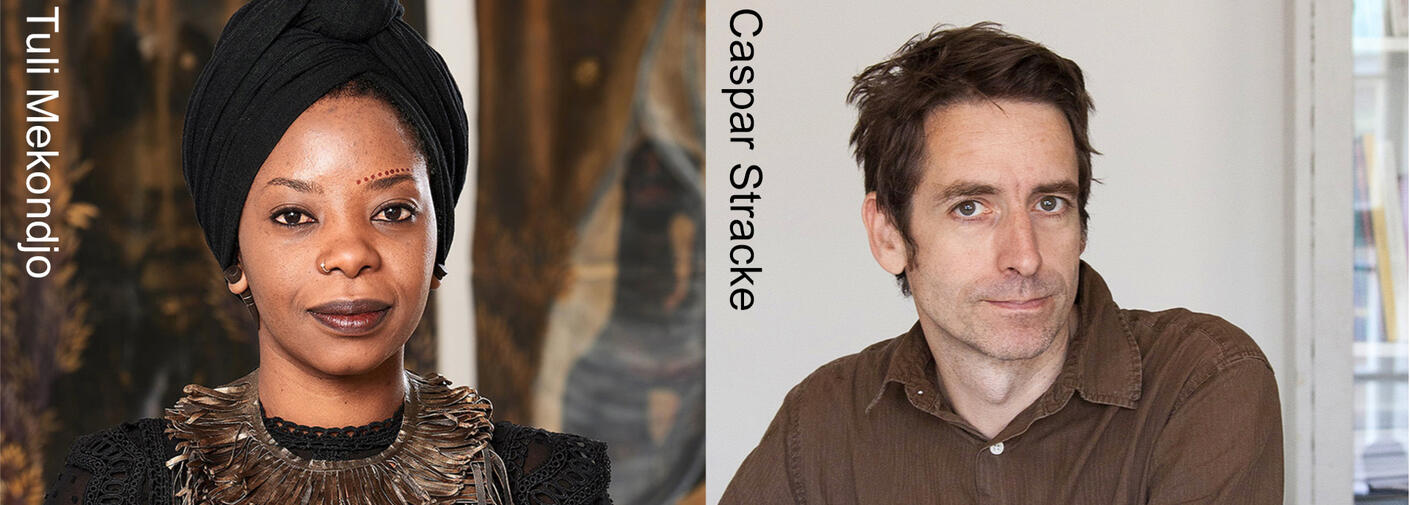
Tuli Mekondjo is a Namibian self-taught artist whose work explores the construction of identity in the shadow of Namibia's violent past as a German and later South African colony. She uses a variety of media, including natural silk, embroidery, photo transfer, earth, paint, resin, and [mahangu grain] millet [, a staple food in Namibia,] to recreate images from historical photographs. Film and performance [were later added] are other media of expression.Mekondjo was a DAAD Berlin fellow in 2022/23. In 2022, Mekondjo became the first black Namibian to have a solo exhibition in the United States with Oudjuu wo makipa etu/ The burdens of our Bones at Hales Gallery, New York. Mekondjo has also been presented in group exhibitions by museums in France, Germany, Ivory Coast, and Cameroon. These include Frac Nouvelle Aquitaine - MÉCA - Bordeaux (2021) and Musée Paul Éluard de Saint Denis - Paris (2021), Rautenstrauch-Joest-Museum - Cologne - Germany (2022), Museum of Contemporary Cultures Adama Toungara - Abidjan - Ivory Coast and the National Museum of Cameroon (2023). Most recently, her work was presented at Haus der Kulturen der Welt - Berlin - Germany, in the exhibition O Quilombismo (2023) under the newly appointed curator Prof. Dr. Bonaventure Soh Bejeng Ndikung. She has exhibited at several international fairs including EXPO Chicago (2023), ARCO Lisboa (2023), Art Central Hong Kong (2023), the Armory Show (2022), 1:54 London (2021, 2020, 2019), Investec Cape Town Art Fair (2020, 2019) and Also Known as Africa (AKAA, Paris (2019). Her works are held in numerous international collections including Africa First Collection - Pas Collection - Antwerp - Belgium, ARAK Collection - Doha - Qatar, Fondation Blachere - France, Ilham Gallery - Kuala Lumpur - Malaysia, and University of South Africa (UNISA) - Pretoria - South Africa. Mekondjo lives and works in Windhoek. She is represented by Guns and Rain Gallery - Johannesburg and Hales Gallery - New York/London.www.halesgallery.com/artists/142-tuli-mekondjo/overview/www.gunsandrain.com/artist/tuli-mekondjo/
Caspar Stracke is an interdisciplinary artist, filmmaker and film curator from Germany, currently living and working between Berlin and Mexico City. Recurring themes of Stracke’s projects are rooted in urban sociology, architecture and urbanism. His films and video installations have been exhibited at MoMA Cineprobe, ZKM Karlsruhe, Yerba Buena - San Francisco, Museo Reina Sofia - Madrid, Museo Tamayo - Mexico City and ICC Tokyo, among others.From 2005-2013 he was co-director of video_dumbo, an annual international exhibition and festival for contemporary video art in New York City.
From 2012 to 2017 he was Professor of Contemporary Art and Film at the Finnish Academy of Arts (KUVA) in Helsinki. Together with Mexican artist Gabriela Monroy he curated the 60th Robert Flaherty Film Seminar in 2013 and the subsequent events and seminars at MoMa - New York and in Mexico City.
In 2014, Stracke organized the symposium "The AfterGodard" on contemporary art practices influenced by the work of Jean-Luc Godard, and in 2015 the film series "Unravelling Documentarism" on the changing fields of contemporary documentary film.
As an author, Stracke has published essays and articles on filmmakers such as Bruce Conner, Elizabeth Subrin, Harun Farocki, Jeanne Finlay, Gabor Csazary, Ladislav Galeta, Almagul Melibayeva and others. He is the editor of the book "Godard - Boomerang", the result publication of the 2015 (2014?) symposium, and a publication of the University of the Arts - Helsinki, 2021. He is also co-editor of THE CURRENT THING (the.current.thing.net), a new (?) artist publication founded together with Keith Sanborn in New York in the first months of the pandemic.CONTACT:
[email protected]www.casparstracke.net
Co-Producer
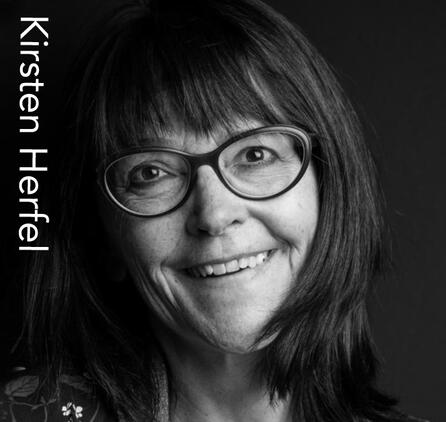
Kirsten Herfel – Hamburg /Germany (Producer) studied Romance studies and art history in Paris, Tübingen and Hamburg and has worked as a freelance curator and coordinator for numerous art and film projects since 1990.
In 1999, she founded SUBS, a post-production house for language and film. As managing director, she was responsible for over 3,000 projects for national and international clients in the film, festival and TV sectors. In 2014, she decided to hand over the company to a successor and has since focused on the development and production of documentaries.
From 2016 to 2018, she was a producer and production manager at Filmtank GmbH on the documentaries PALÄSTE FÜR DAS VOLK, VOM BAUEN DER ZUKUNFT, WAS KOSTET DIE WELT and MASTER OF DISASTER.
Since then, she has realised projects as a freelance producer and production manager for various companies, including Vincent Productions, Fünferfilm, Pitchoun Productions, Vision Airways and Favo Film.
In 2024 she founded "Herfel + Stracke Film + Medienproduktion GbR" together with Caspar Stracke to produce documentary film and XR-Projects.Kirsten Herfel has also acted as project coordinator on participatory film projects for Lessan e.V. and the Arab Film Club Hamburg, among others. In addition, she is since 2023 one of the curators of the Hamburg based Music Film Festival UNERHÖRT.
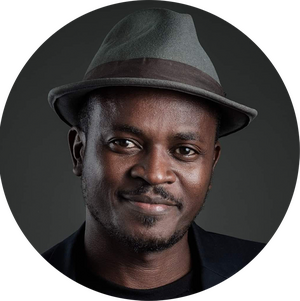
Joel Haikali
Line Producer, Adviser, Director JoeVisions Production/ Windhoek, Namibia.
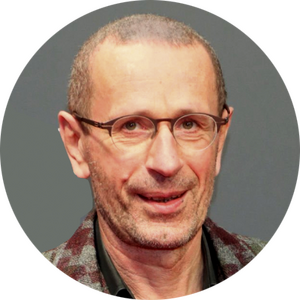
Herbert Schwarze
script advisor / script consultant.
